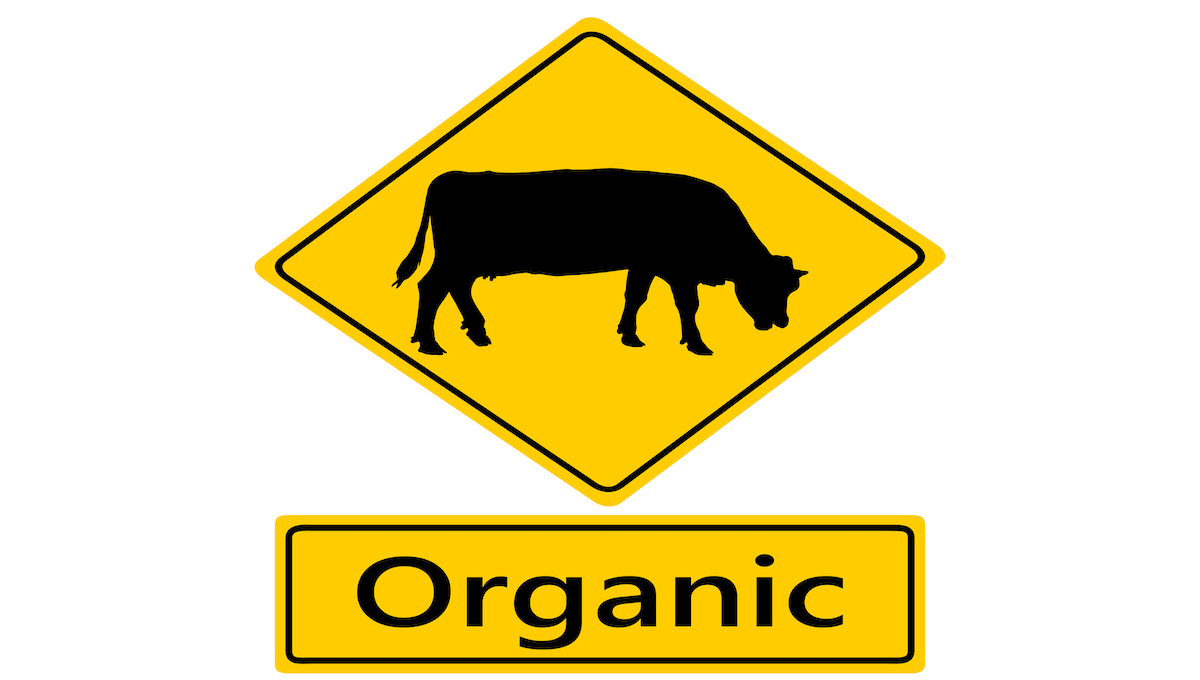The term organic is not a guarantee of food safety, according to the Food and Agriculture Organization of the United Nations (FAO).
Organic is a way of growing food following specific rules and guidelines, according to a document published by the FAO Regional Office for Asia and the Pacific. Organic certification refers to a product made in accordance with certain standards throughout the production, handling, processing and marketing stages; it does not cover the characteristics of the finished article.
Such standards and regulations may differ between countries’ supply chains to regulate the use of chemicals and other requirements for maintaining soil and water quality.
The agency says the goal of organic food is better income for small farmers and greater food security, environmental benefits such as better soil and water quality and preservation of biodiversity, and better animal welfare.
Use of pesticides
The U.S. organic sector saw food sales hit $ 50.1 billion in 2019, up 4.6 percent from the previous year, according to the Organic Trade Association.
Organic farming is seen as a promising approach to address the challenges posed by increasing demographics and urbanization, as well as climate change. For consumers, this often translates to healthier, safer, tastier and more environmentally friendly food, proponents of organic products argue.
Organic labels are based on rules that prohibit or limit the use of some synthetic fertilizers and agrochemicals, which is attractive to consumers. Pesticides produced by plants are still used in organic agriculture, which in high doses can have negative effects on human health. The main difference is the type of pesticides that are used. The document stated that conventional and organic farmers must follow the same safety standards.
Of 172 countries in a survey by the Organic Agriculture Research Institute, 87 had organic standards and another 18 were developing legislation for them.
FAO reported that authorities could verify that food safety measures are included in any existing organic certification scheme at the national level and organize a forum with the organic food industry to discuss approaches to ensure the inclusion of food safety actions in the organic agriculture.
Tips on food allergens
Meanwhile, FAO has also published a document with examples of practices to establish labeling regulations for food allergens.
National contexts may differ in the prevalence of food allergies. The FAO report says research is needed within countries to understand what foods should be labeled and determine the allowable amounts of allergens that may be unintentionally present in foods.
Food allergens recognized by Codex may not cover all those that have an impact on different populations, such as buckwheat in Japan.
Three case studies are presented: Japan, Australia and New Zealand, and the US Food Allergen Labeling and Consumer Protection Act (FALCPA).
The guide also covers the inadvertent introduction of a food allergen into a product through cross contamination, recalls due to undeclared allergens, and cautionary labeling.
National agencies were advised to regularly monitor for common food allergies, ensure label clarity and legibility, and provide education on how to read them and work with the private sector, particularly e-commerce platforms and restaurants, to ensure that they are explain allergens to customers.
(To sign up for a free Food Safety News subscription, Click here.)

